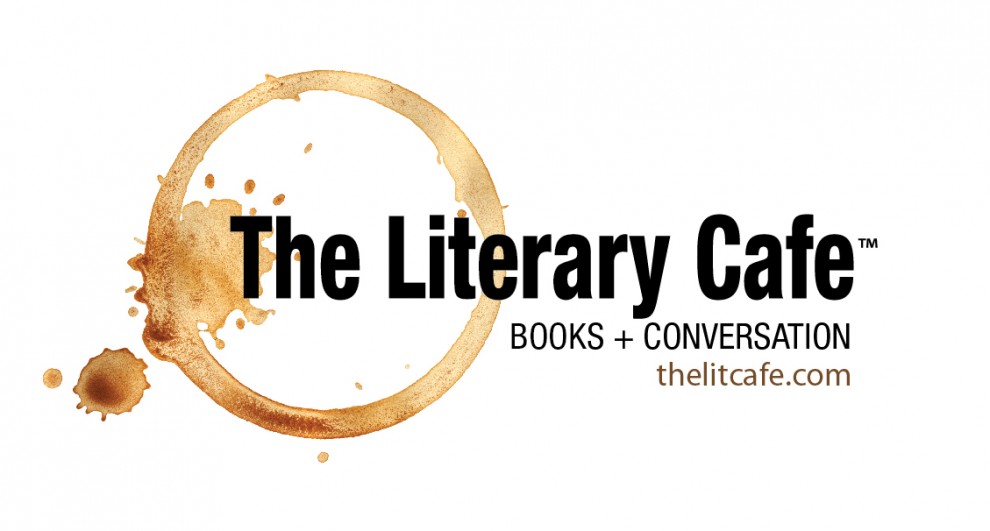Vanessa Diffenbaugh
2012
Reviewed by Barb Brabec
The Language of Flowers, Vanessa Diffenbaugh’s first novel, is a mixed bouquet – blending themes of abandonment and loss with forgiveness and redemption.
Scarred from a childhood spent in one foster home after the next, Victoria Jones has given up trying to be likeable. We meet her the day she is departing from a group home in San Francisco; her housemates nearly start her mattress on fire with candles to commemorate her 18th birthday.
It turns out Victoria is no stranger to fire, as we come to know as the author takes us non-chronologically through her checkered past in the foster care system. She lingers on her relationship with Elizabeth, one of her foster parents who lives in a bucolic vineyard north of the Golden Gate Bridge.
Elizabeth is the foster parent who introduces a 10-year-old Victoria to the Victorian practice of attaching meaning to flowers. Traditionally used to convey romantic feelings, Elizabeth has used flowers to try to remedy a strained relationship with her sister, among others. She patiently and lovingly teaches Victoria the meaning of flowers through this old English tradition, and, along the way, the importance of stability and family.
A devastating fire at Elizabeth’s family vineyard leaves Victoria’s future in shambles, and her ability to literally rise from the ashes – with many twists and turns along the way – makes the Language of Flowers a real page-turner.
Other characters include Meredith, a social worker with the near-impossible task of finding homes for Victoria; Renata, a neighborhood florist who inspires in Victoria an outlet for her unique talent with flowers - her gift of helping others through the flowers she chooses for them; and Grant, the recipient of Victoria’s always thoughtful, yet sometimes misconstrued, communication through flowers.
Diffenbaugh captures the peculiarities of San Francisco neighborhoods well, and deftly describes the vineyards to the north. There are some elements of magical realism in the book, particularly the depiction of Victoria’s living arrangements – she goes from living in womb-like space in the corner of a leafy San Francisco park, to a tucked-away closet in the apartment of a punk rocker. These settings – less “home” and more “garden” – are thoughtfully described, but seem pretty far-fetched, particularly when Victoria finds herself in a family way.
The Language of Flowers uniquely describes Victoria’s unconventional journey to contentment. Diffenbaugh practically ties up the novel with a ribbon – perhaps too pretty and perfect – but she creates a beautiful bouquet nonetheless.
In addition to a satisfying first novel, Diffenbaugh, a foster parent herself, has established the Camellia Network (camellia, in the language of flowers, means “my destiny is in your hands”), in order to create a nationwide movement to support youth making the transition from foster care to independence. For more information, go to www.camellianetwork.org.
For more information, reader's guide and flower dictionary go to: http://www.randomhouse.com/rhpg/features/vanessa_diffenbaugh/


